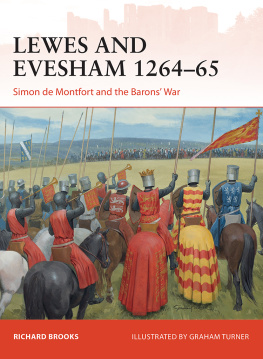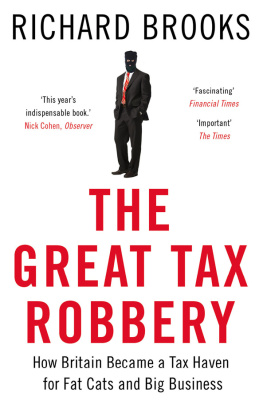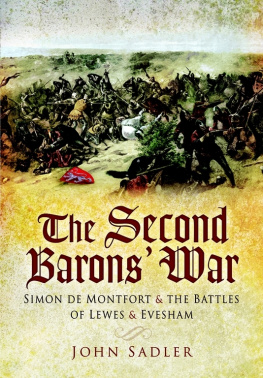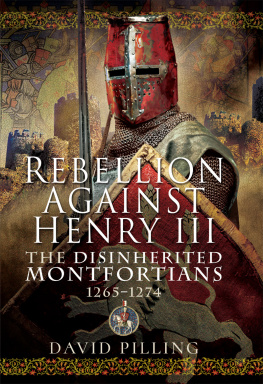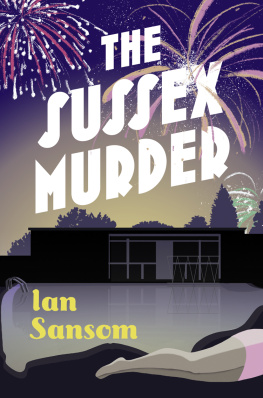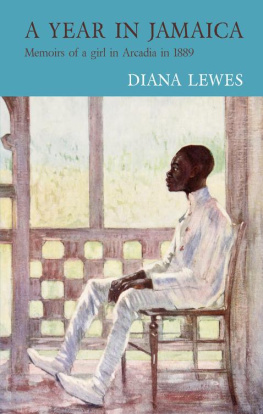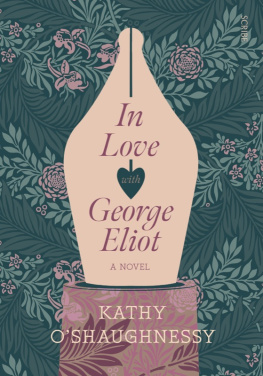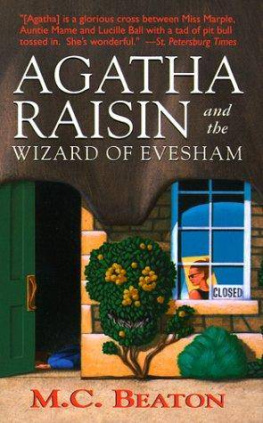
ACKNOWLEDGEMENTS
With grateful thanks to the following for their invaluable assistance: Eileen Brooks, Dave Carson, Marcus Cowper, Nigel Drury, Graham Evans, Graham Field, Jeff James, Chris Norris, Wendy and Peter Smith, and not least: the Portsmouth History Centre, Portsmouth Libraries and Archives for access to their Rolls Series collection.
Prices and Measurements: medieval England used a pre-decimal currency denominated in pounds, shillings and pence. There were 20 shillings in a pound, and 12 pence to the shilling. Large amounts were often expressed in marks worth 13s 4d (0.67). The text gives significant distances in miles and kilometres; lesser distances in yards and feet only (90cm and 30cm respectively).
Sources: the text refers to contemporary authorities by the abbreviated name of their supposed author or place of writing. See Further Reading for full titles. Translations from Latin are by the author.
This electronic edition published in 2015 by Bloomsbury Publishing Plc
First published in Great Britain in 2015 by Osprey Publishing,
PO Box 883, Oxford, OX1 9PL, UK
PO Box 3985, New York, NY 10185-3985, USA
E-mail:
2015 Osprey Publishing Ltd
Osprey Publishing Is Part Of Bloomsbury Publishing Plc.
Bloomsbury is a trademark of Bloomsbury Publishing Plc
All rights reserved
You may not copy, distribute, transmit, reproduce or otherwise make available this publication (or any part of it) in any form, or by any means (including without limitation electronic, digital, optical, mechanical, photocopying, printing, recording or otherwise), without the prior written permission of the publisher. Any person who does any unauthorised act in relation to this publication may be liable to criminal prosecution and civil claims for damages.
A CIP catalogue record for this book is available from the British Library.
ISBN: 978-1-4728-1150-9
E-book PDF ISBN: 978-1-4728-1151-6
E-pub ISBN: 978-1-4728-1152-3
Editorial by Ilios Publishing Ltd, Oxford, UK (www.iliospublishing.com)
Maps by Bounford.com
3D birds-eye view by The Black Spot
Battlescene illustrations by Graham Turner
To find out more about our authors and books visit www.bloomsbury.com. Here you will find extracts, author interviews, details of forthcoming events and the option to sign up for our newsletters.
ARTISTS NOTE
Readers may care to note that the original paintings from which the colour plates in this book were prepared are available for private sale. The Publishers retain all reproduction copyright whatsoever. All enquiries should be addressed to:
Graham Turner, PO Box 568, Aylesbury, Buckinghamshire, HP17 8ZX, UK
www.studio88.co.uk,
The Publishers regret that they can enter into no correspondence upon this matter.
THE WOODLAND TRUST
Osprey Publishing are supporting the Woodland Trust, the UKs leading woodland conservation charity, by funding the dedication of trees.
CONTENTS
INTRODUCTION
The battles of Lewes and Evesham, fought in May 1264 and August 1265, were a shocking departure from the political norms of the day. The reign of Henry III (121672) was generally peaceful. English wars occurred in Wales or overseas, in Englands last Continental possession, Gascony. The last time English knights met in pitched battle on English soil was at Lincoln in 1217, when Henry was a boy of ten.
If Henrys reign was peaceful, it was hardly satisfactory. The conflict known as the Second Barons War of 126465, to distinguish it from the events of 121517, arose from longstanding political grievances. A pious and cultured man, Henry III was a feckless and divisive king. He obstinately defended his right to govern, while failing to do so effectively, or to engage the support of his natural counsellors, the baronial elite which controlled the countrys landed wealth. Instead, he favoured a succession of foreign adventurers, first the relatives of his wife, Eleanor of Provence, then his Lusignan half-brothers from Poitou, born of Henrys mothers second marriage.

Knightly battle depicted in La estoire de St Aedward le rei : contrary to received images of the Middle Ages, such extremes of violence were rare in 13th-century England. (MS Ee.3.59 f.32v by kind permission of the Syndics of Cambridge University Library)
The English crown was not rich, and these aliens were resented as intruders, who absorbed rents, lands and ecclesiastical benefices that rightly belonged to native-born Englishmen. The Lusignans greedy and violent behaviour outraged a burgeoning sense of English identity. All classes shared a distrust of foreigners bordering on xenophobia. New ideas were developing about a community of the realm, no longer limited to the nobility, which distinguished between kings who ruled for the good of their people, and tyrants who did not.
Henrys personal rule might have been more popular had it been more successful. The Poitou campaign of 1242 was a fiasco, amply justifying the English belief that Poitevin meant traitor. Henrys efforts to restrain the unconquered Welsh were hesitant and sometimes disastrous. In 1257 the men of Ystrad Tywi destroyed an English army near Carmarthen leaving several thousand dead, including its commander. A wild scheme to place Henrys second son Edmund on the throne of Sicily was an expensive and embarrassing failure. Royal justices and sheriffs responsible for local administration were considered venal and oppressive, seeking to extract taxes from a countryside racked by famine simply to sustain pointless foreign adventures.
Baronial dissatisfaction with royal misgovernment overflowed in 1258. A parliament of barons and senior churchmen held at Oxford subjected Henry to a counsel nominated by a panel of lay and ecclesiastical magnates. They reduced the king to a cypher, unable to issue writs or charters without their consent. The revolutionary Provisions of Oxford were followed by the Provisions of Westminster addressing judicial abuses. The Lusignans were expelled, and offices such as the custodianship of royal castles were restricted to Englishmen.
Henrys subjection to baronial oversight was unsustainable. The magnates split between reformers and conservatives, and in 1261 Henry reasserted his freedom with support from the Pope and 500 knights paid by Henrys brother-in-law, Louis IX of France. The only magnate left to defend the Provisions was Simon de Montfort, Earl of Leicester. Rather than break his oath he left England, but returned two years later after further dissension. Simon reimposed the Provisions, but his faction was too weak to dominate an unwilling king. Baronial in origin, the movement might now be styled Montfortian, or even rebel.

Henry IIIs main interests were artistic. His greatest achievement was rebuilding Westminster Abbey, where he is commemorated by this early 14th-century painting in the Sedilia. (Copyright Dean and Chapter Westminster)
Law and order collapsed, as both sides attacked each others manors and estates. The Londoners seized the organs of national government, imprisoning judges and Treasury officials. The kings eldest son, the Lord Edward, besieged Montfortian castles in South Wales and pillaged the Marches, much harm was done on both sides (Walsingham). Cornered at Gloucester, Edward escaped by swearing false oaths. So disturbed was the kingdom, said the Waverley Annals, with fresh calamities every day, that anyone might see it could not be settled without a battle.

